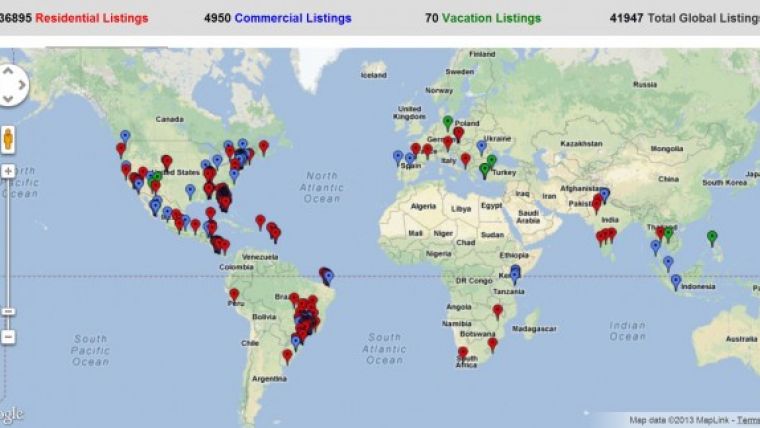The Global Cadastre
Improving Transparency in International Property Markets
In our highly connected world, land has become a global commodity. However, systems that support land transactions at a global level are incomplete, lack transparency and remain largely disconnected. As part of the continuing dialogue on Cadastre 2034, the authors ask the question: Is a globally connected cadastre possible?
The term ‘land’ has global resonance; however, agreement on what constitutes ‘land’ is far less certain. Are buildings included? What about the water, carbon, and minerals? Who can ‘own’ it? Can I mortgage my land? Different countries devise different answers to these questions. To operationalise the answers, many make use of land markets – although others do not, and many cannot. Nevertheless, markets are seen as a way of creating more stable and viable communities by enabling the efficient transfer of ‘land’ from one party to another.
Most land transactions occur in domestic, national land markets. However, many parties are now looking beyond their borders. Indeed, international land trading is burgeoning: governments, businesses and citizens from various countries, whether rich or poor, are now actively engaged as buyers and sellers in global land deals. Figures on the number and size of international land transactions are difficult to find and vary greatly; for example, estimates of international land deals over the last decade include 47 million ha (World Bank), 63 million ha (The Global Land Project – in Africa alone), 80 million ha (The Land Deal Politics Initiative) and possibly up to 227 million ha in deals completed or under negotiation according to Oxfam based on the Land Matrix data.
Global transactions and trade are increasing for many reasons: improved trade agreements, increased global demand for food and commodities, the relative ease in transporting goods and services around the world and, of course, the huge advances in information and communication technology. Basically, it is easier to transact in the global market than ever before: land is increasingly a global commodity. The world’s interconnected financial markets support this growing level of international trade and investment but, as we saw with financial markets in 2008, the quality of these global systems should not be taken for granted.
Such foreign investment in land is not new: international companies have been investing for some time in commercial development, housing and mineral exploration, and more recently agriculture too. However, concerns about securing future access to resources and commodities – especially energy, raw materials and food – are prompting countries to look beyond their own borders. In addition, policies such as the promotion of biofuel have had a significant impact on international land acquisitions: they encourage agricultural investment and enterprises in biofuel production rather than food production (some figures indicate that almost 60% of recent international agricultural land purchases were for biofuel production).

Value staying current with geomatics?
Stay on the map with our expertly curated newsletters.
We provide educational insights, industry updates, and inspiring stories to help you learn, grow, and reach your full potential in your field. Don't miss out - subscribe today and ensure you're always informed, educated, and inspired.
Choose your newsletter(s)
























